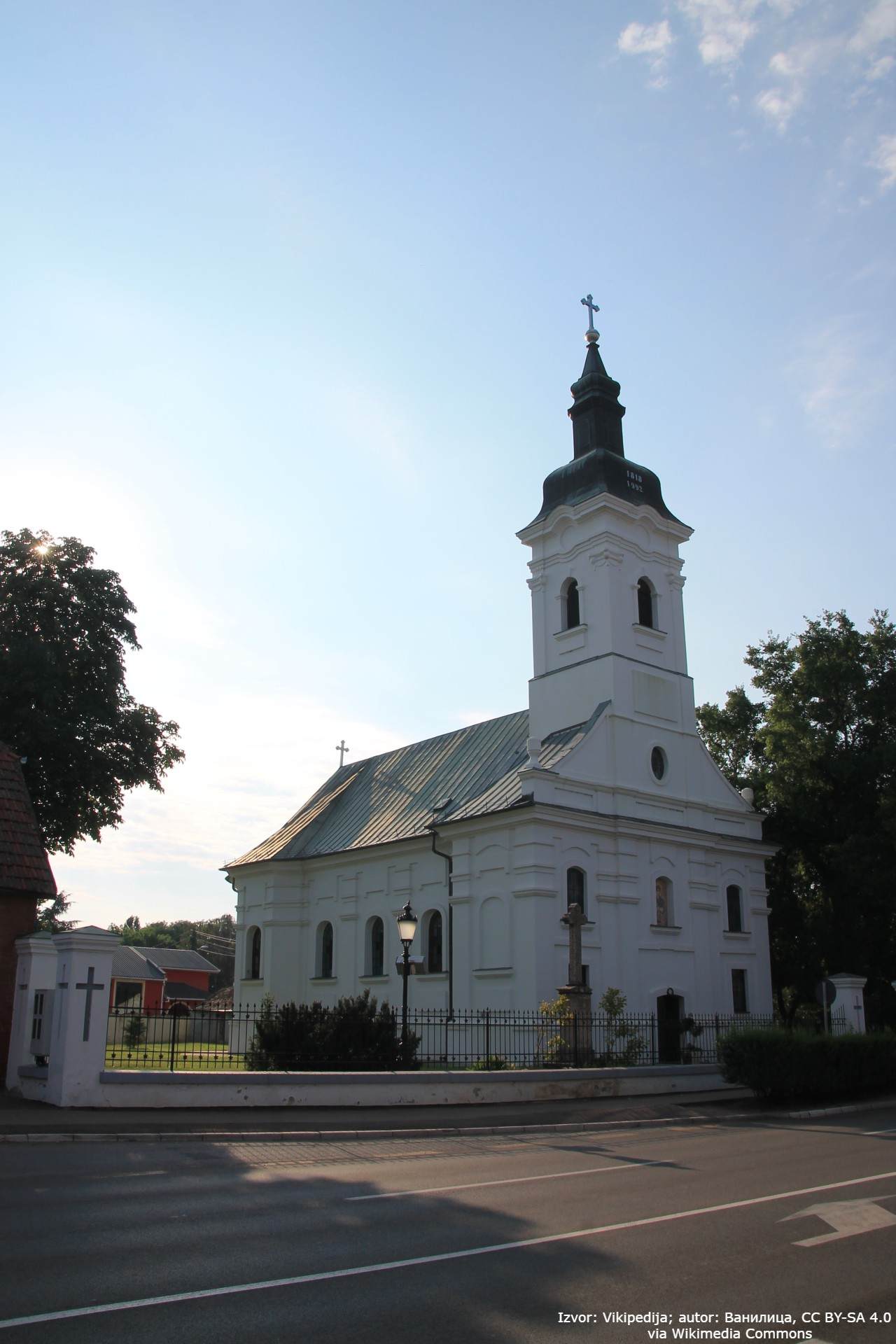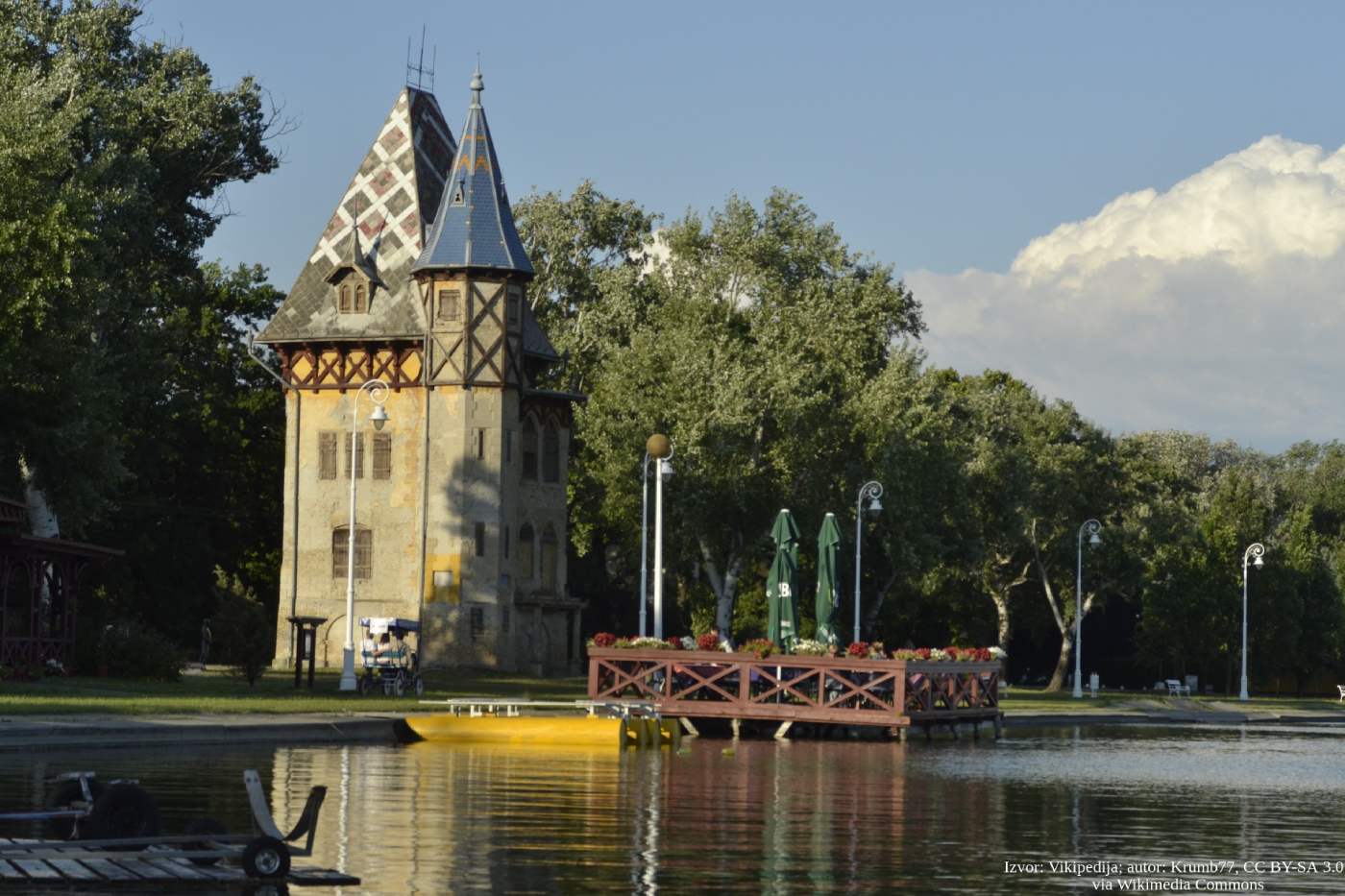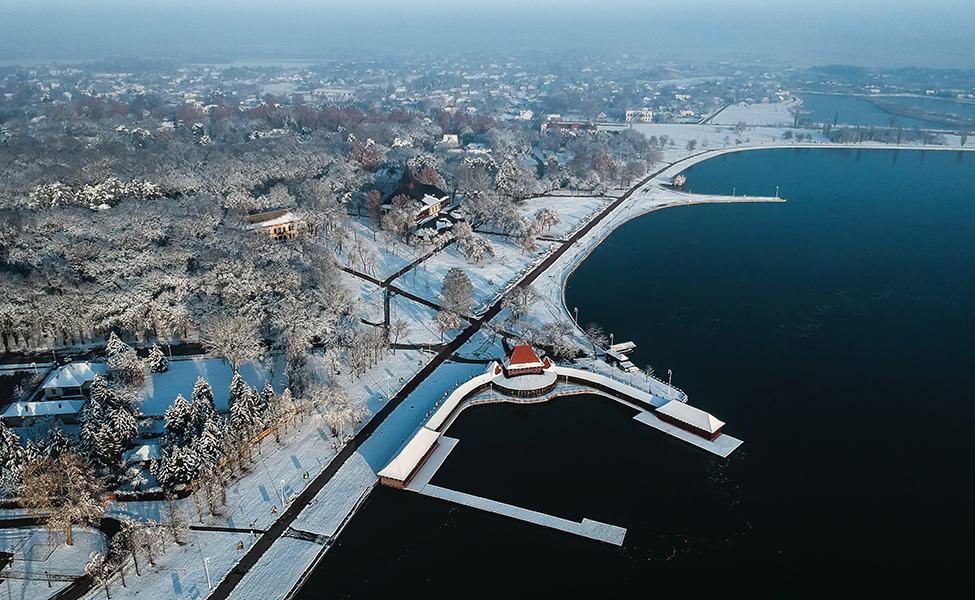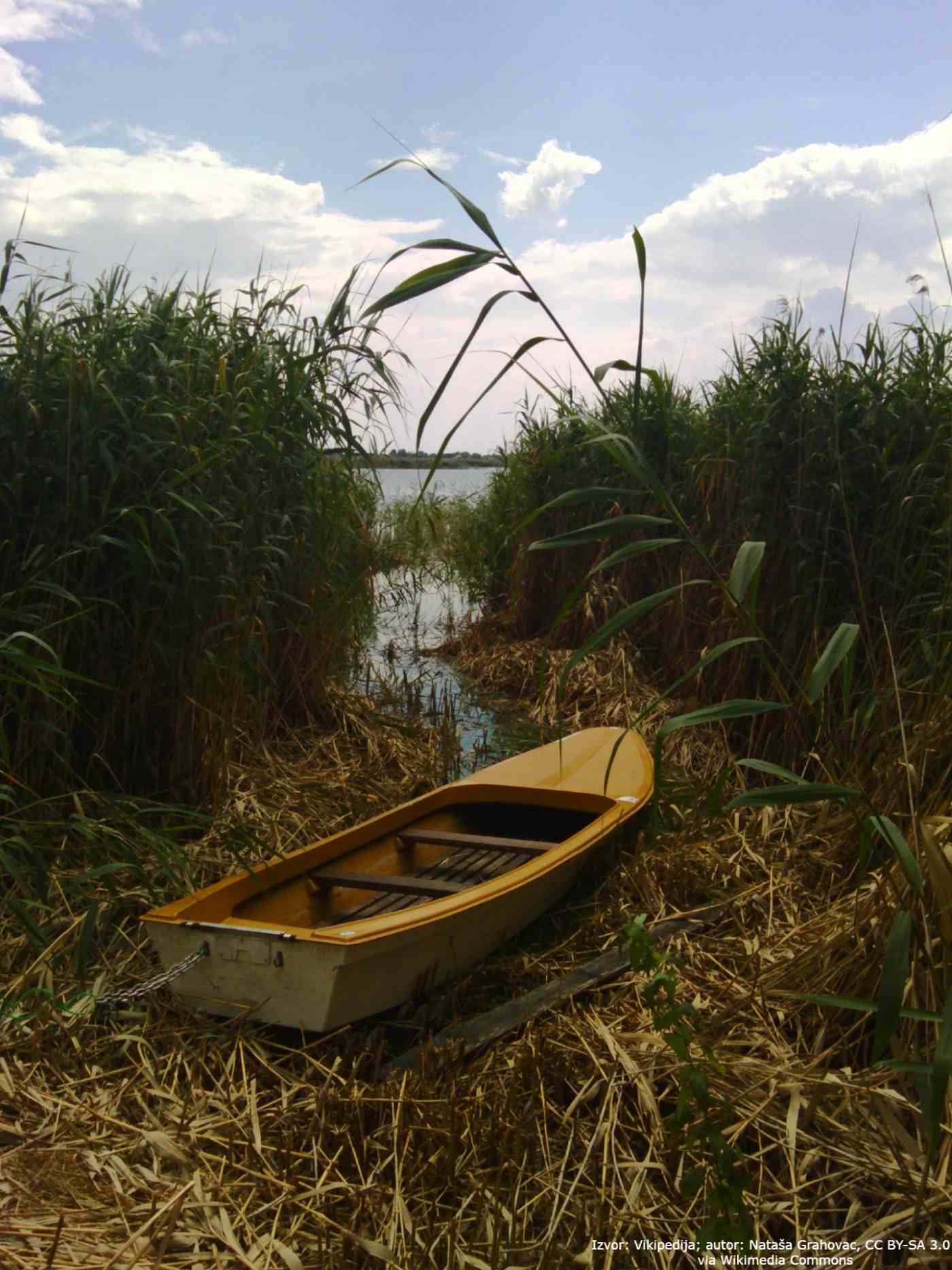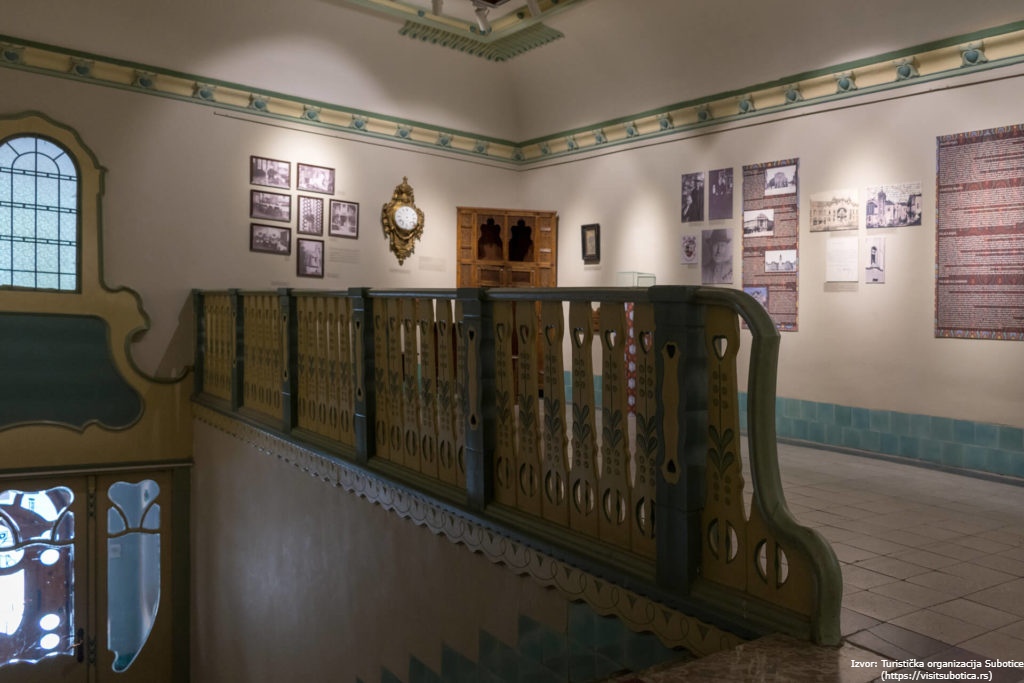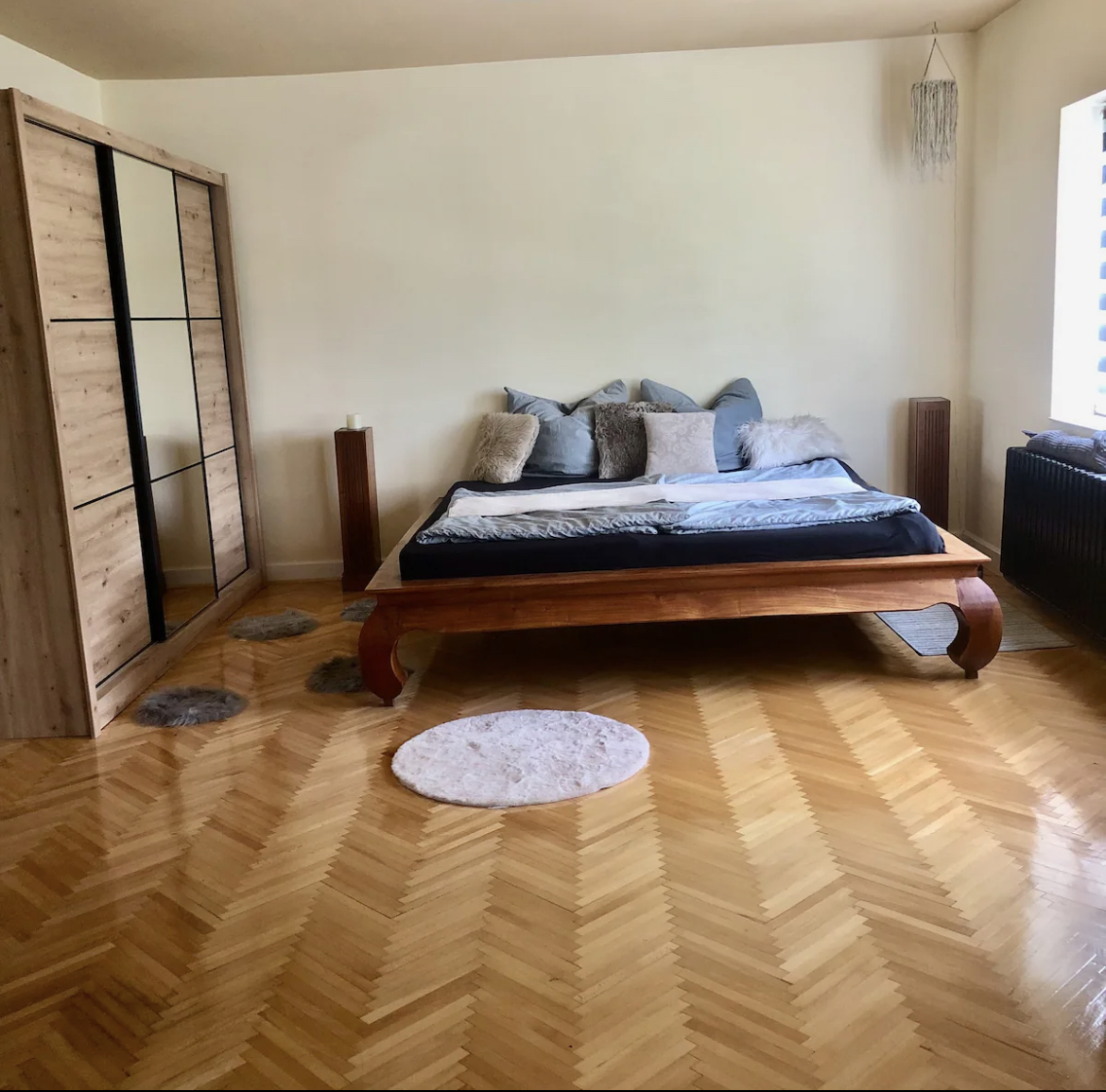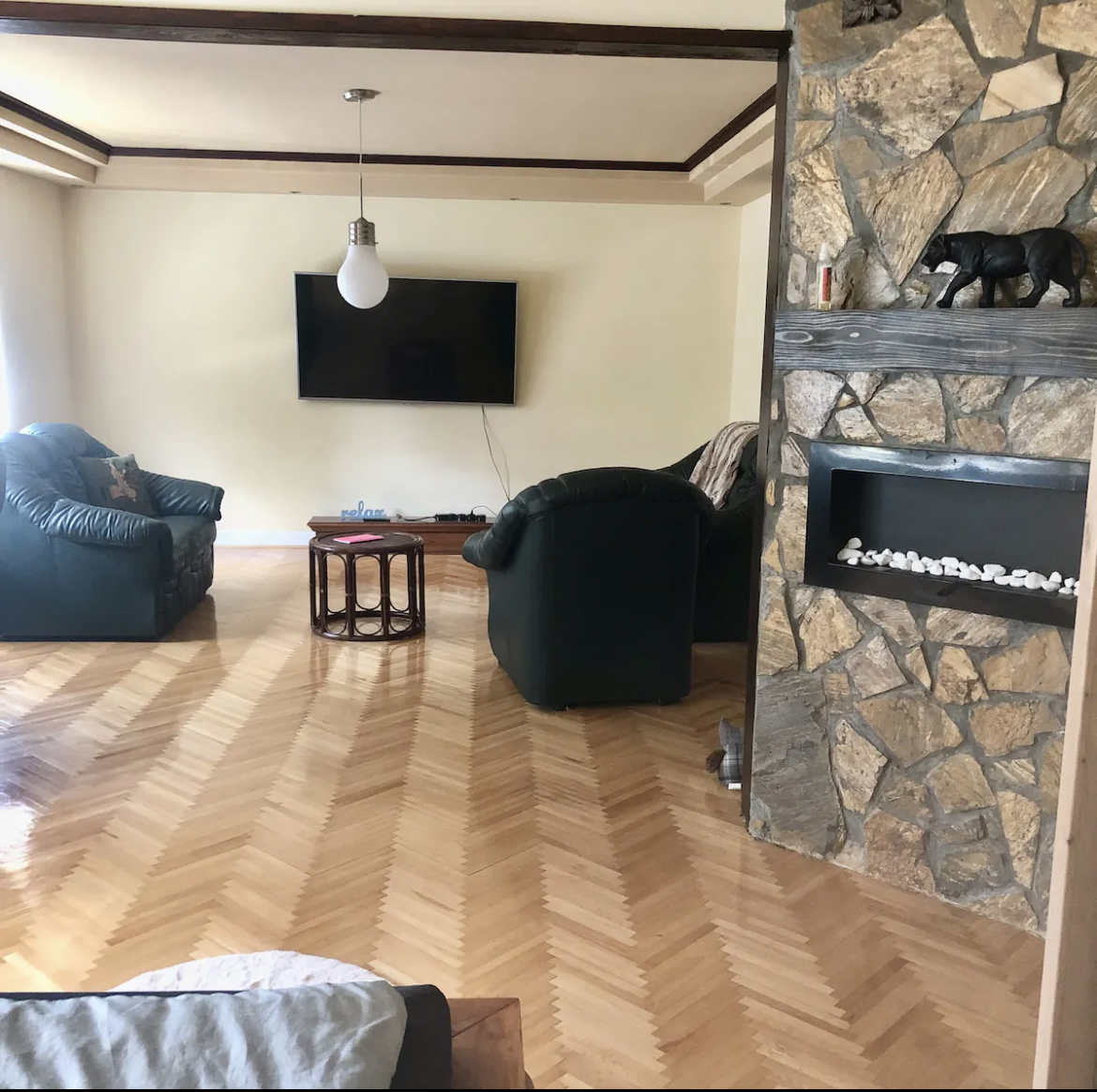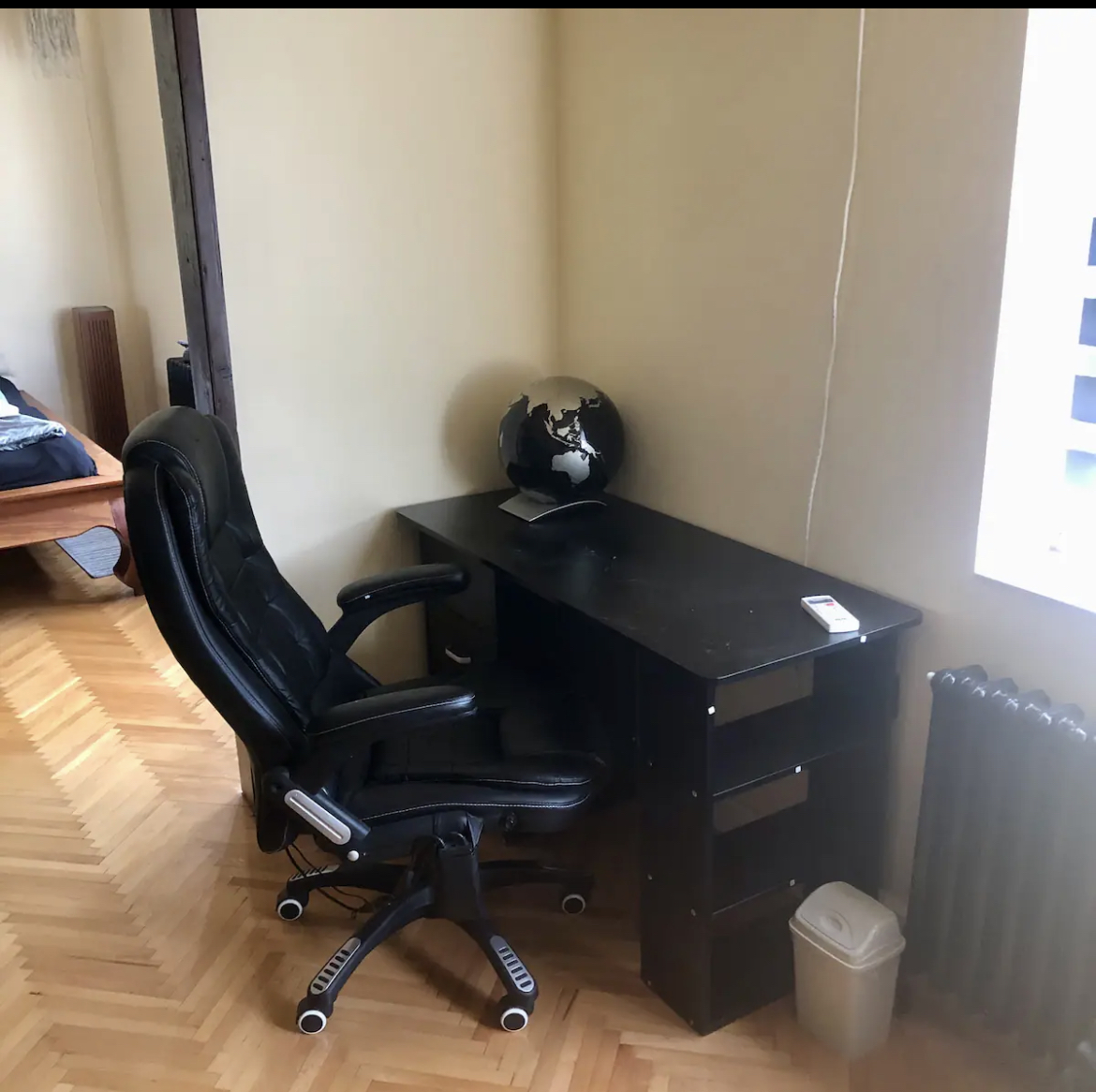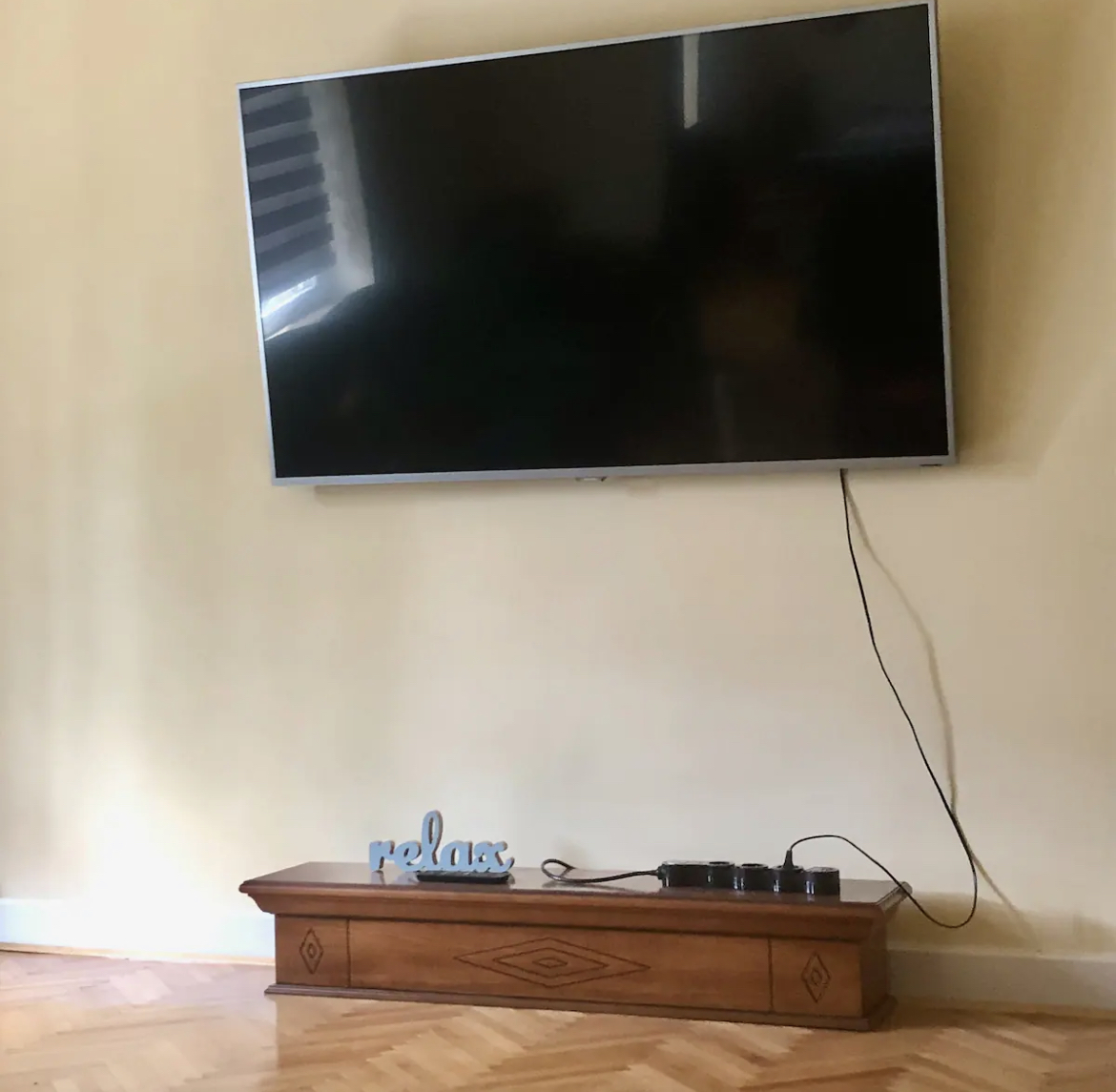Spomenik palim borcima i žrtvama fašizma
Share this attraction
Back

Spomenik palim borcima i žrtvama fašizma
Subotica
Monument to Fallen Soldiers and Victims of Fascism - the most important information
Not far from the central city square, there is a monument, also a mausoleum, erected in memory of those who died in the fight for freedom in this part of Serbia. It has existed at this place since 1946, and a few years later it was ceremoniously opened. Nearby are the Square of the Victims of Fascism, as well as the Cathedral of St. Teresa of Avila. The memorial complex itself has been renovated and today represents one of the most important locations in Subotica. It is possible to visit this monument all year round, which we recommend that you do and pay your respects as befits.
History of the Monument to Fallen Soldiers and Victims of Fascism
After the Second World War, the leaders of Subotica were looking for artists who would build a series of monuments with the aim of perpetuating important historical figures and situations. Belgrade sculptor Dragutin Spasic stood out in particular, but in the end the monument was designed by sculptor Toma Rosandic. At the site of the monument in 1946, the remains of 15 members of the Subotica workers' movement and revolutionaries who were brutally killed during their struggle for liberation were laid to rest. The monument itself was ceremoniously opened in October of 1952.
Appearance of the Monument to Fallen Soldiers and Victims of Fascism
It was built to contain a pedestal, an access plateau and a tomb. The pedestal is built of natural concrete, partially covered with brick and serves as a pedestal for a bronze figure. The entrance to the tomb is on the north side, around which are placed bronze plaques with the names of the fallen fighters and victims of fascism. The access plateau is divided into two parts and consists of a series of steps. The figure itself and the depictions on the relief were made with the aim of not taking attention with their peculiarities and ideological attributes. The pyramidal composition at the top of the pedestal shows a female figure together with the outstretched body of a young man. Behind this design lies the intention to express true vitality.
Significance of the Monument to Fallen Soldiers and Victims of Fascism
The monument has been declared an immovable cultural asset and as such is considered a cultural monument. It is the third largest in Vojvodina, but it is especially appreciated for its artistic value and the demagogic messages it conveys. In relief, Toma Rosandic represents the reality of the conflict between good and evil, human struggle and final victory. The form he decided on with his presentation of the movement evokes the uncertainty and rhythm of life and its form.
How to get to the Monument to Fallen Soldiers and Victims of Fascism?
The monument is about 850 meters away from the central town square, thus it is easy to walk to it or cross that route by car. A well-organized public transport network will be very useful to you and you can use it to reach the stop of Matija Gubac; Preradoviceva; Sarvas and Posta I And from where the monument is not far.
History of the Monument to Fallen Soldiers and Victims of Fascism
After the Second World War, the leaders of Subotica were looking for artists who would build a series of monuments with the aim of perpetuating important historical figures and situations. Belgrade sculptor Dragutin Spasic stood out in particular, but in the end the monument was designed by sculptor Toma Rosandic. At the site of the monument in 1946, the remains of 15 members of the Subotica workers' movement and revolutionaries who were brutally killed during their struggle for liberation were laid to rest. The monument itself was ceremoniously opened in October of 1952.
Appearance of the Monument to Fallen Soldiers and Victims of Fascism
It was built to contain a pedestal, an access plateau and a tomb. The pedestal is built of natural concrete, partially covered with brick and serves as a pedestal for a bronze figure. The entrance to the tomb is on the north side, around which are placed bronze plaques with the names of the fallen fighters and victims of fascism. The access plateau is divided into two parts and consists of a series of steps. The figure itself and the depictions on the relief were made with the aim of not taking attention with their peculiarities and ideological attributes. The pyramidal composition at the top of the pedestal shows a female figure together with the outstretched body of a young man. Behind this design lies the intention to express true vitality.
Significance of the Monument to Fallen Soldiers and Victims of Fascism
The monument has been declared an immovable cultural asset and as such is considered a cultural monument. It is the third largest in Vojvodina, but it is especially appreciated for its artistic value and the demagogic messages it conveys. In relief, Toma Rosandic represents the reality of the conflict between good and evil, human struggle and final victory. The form he decided on with his presentation of the movement evokes the uncertainty and rhythm of life and its form.
How to get to the Monument to Fallen Soldiers and Victims of Fascism?
The monument is about 850 meters away from the central town square, thus it is easy to walk to it or cross that route by car. A well-organized public transport network will be very useful to you and you can use it to reach the stop of Matija Gubac; Preradoviceva; Sarvas and Posta I And from where the monument is not far.
- On foot: For a walk of 8 minutes, follow Trg republike to the Trg cara Jovana Nenada, from where, at the roundabout, you cross into Matka Vukovica Street. Follow this street to the Square of the Victims of Fascism, where the monument itself is located.
- By car: Follow Strosmajerova Street to the roundabout from where you cross to October 10th Street. From there, you will turn into Sandor Petefi Street and only one roundabout separates you from the Square of the Victims of Fascism.
- Bus lines: 4; 6; 16
- Taxi stations: Zuti taxi 024/9789, Hallo Taxi 024/9766, Grand Taxi 024/562 476, 024 Taxi 024/548 988
Location
Learn more about this destination
Discover the beauty of the destination through blogs that highlight the most famous landmarks, hidden gems, and provide travel tips for visiting this destination. Embark on an adventure through the stories of experienced travelers.






